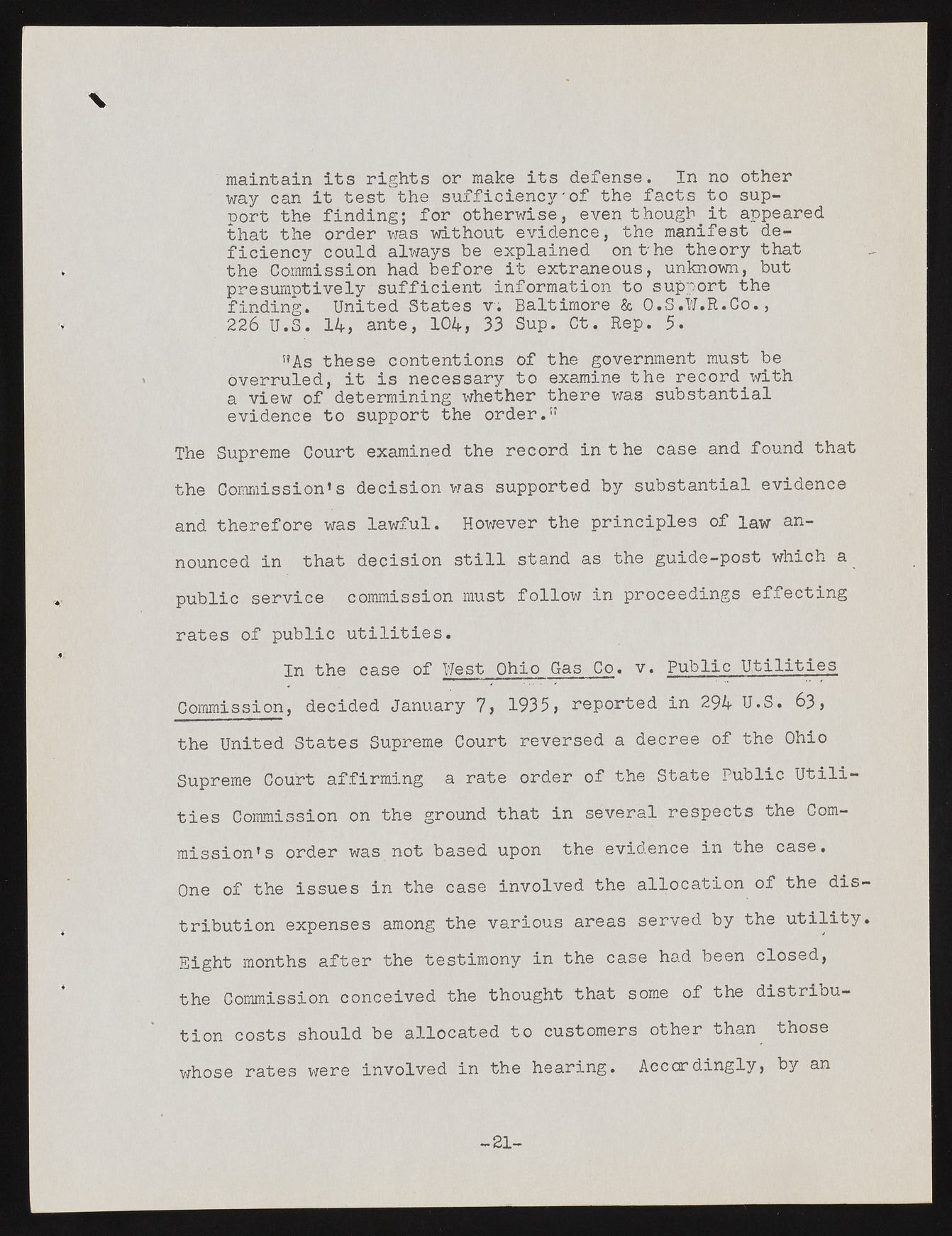Copyright & Fair-use Agreement
UNLV Special Collections provides copies of materials to facilitate private study, scholarship, or research. Material not in the public domain may be used according to fair use of copyrighted materials as defined by copyright law. Please cite us.
Please note that UNLV may not own the copyright to these materials and cannot provide permission to publish or distribute materials when UNLV is not the copyright holder. The user is solely responsible for determining the copyright status of materials and obtaining permission to use material from the copyright holder and for determining whether any permissions relating to any other rights are necessary for the intended use, and for obtaining all required permissions beyond that allowed by fair use.
Read more about our reproduction and use policy.
I agree.Information
Digital ID
Permalink
Details
Member of
More Info
Rights
Digital Provenance
Publisher
Transcription
V maintain its rights or make its defense. In no other way can it test the sufficiencjr'of the facts to support the finding; for otherwise, even thoughit appeared that the order was without evidence, the manifest deficiency could always be explained on the theory that the Commission had before it extraneous, unknown, but presumptively sufficient information to support the finding. United States v. Baltimore & O.S.W.R.Co., 226 U.S. 14, ante, 104, 33 Sup. Ct. Rep. 5. !?As these contentions of the government must be overruled, it is necessary to examine the record^with a view of determining whether there was substantial evidence to support the order.” The Supreme Court examined the record in the case and found that the Commission’s decision was supported by substantial evidence and therefore was lawful. However the principles of law announced in that decision still stand as the guide-post which a public service commission must follow in proceedings effecting rates of public utilities. In the case of West Ohio Gas Co. v. Public Utilities Commission, decided January 7, 1935, reported in 294 U.S. 63, the United States Supreme Court reversed a decree of the Ohio Supreme Court affirming a rate order of the State Public Utilities Commission on the ground that in several respects the Commission’s order was not based upon the evidence in the case. One of the issues in the case involved the allocation of the dis tribution expenses among the various areas served by the utility Eight months after the testimony in the case had been closed, the Commission conceived the thought that some of the distribution costs should be allocated to customers other than those whose rates were involved in the hearing. Accordingly, by an -21

